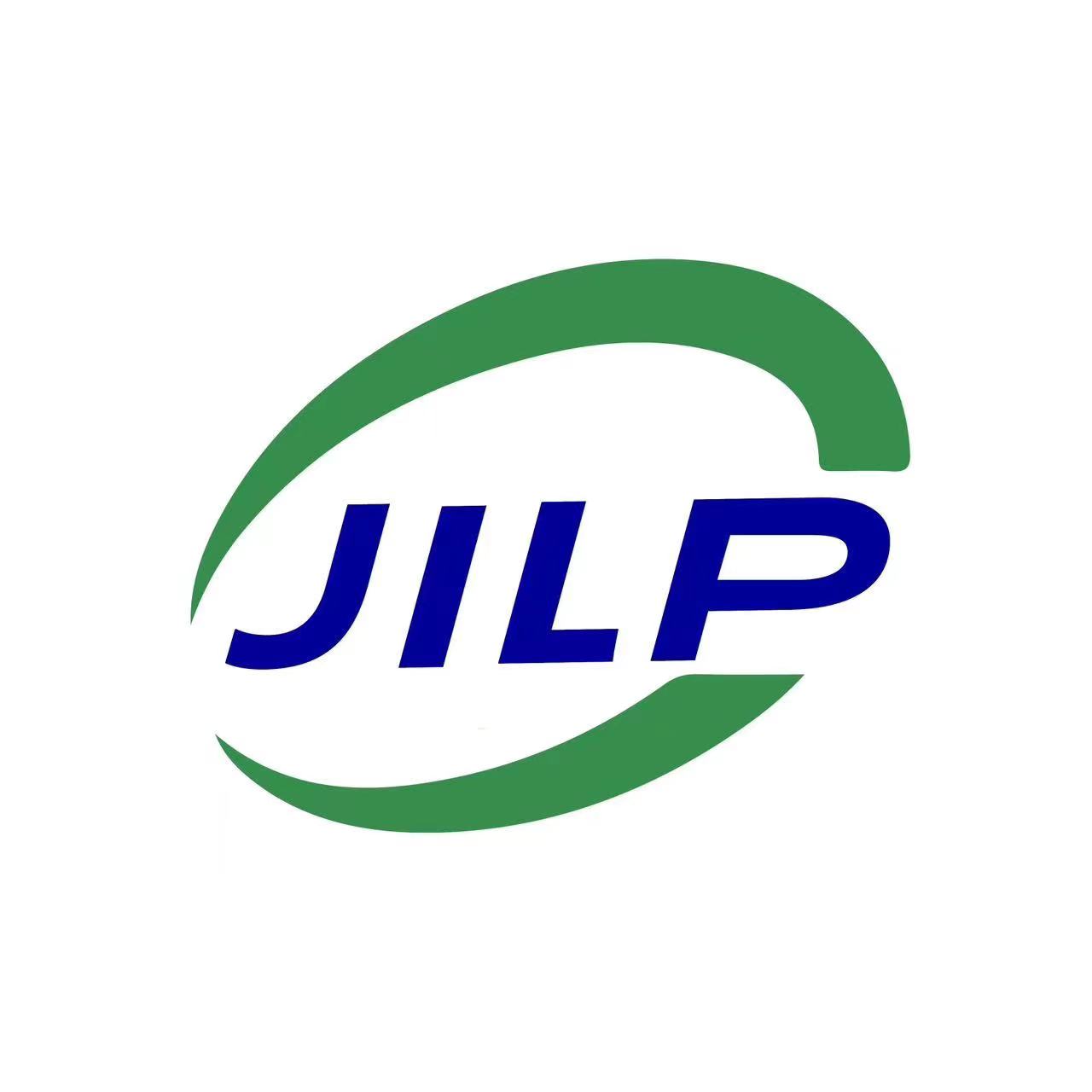Slurry Pump Sealing Solutions: Preventing Leakage and Contamination in Slurry Transport
Slurry Pump Sealing Solutions: Preventing Leakage and Contamination in Slurry Transport
Introduction
Slurry transport plays a vital role in various industries, including mining, oil and gas, and wastewater treatment. However, the handling of slurry can be challenging due to its abrasive nature, high solids content, and tendency to cause leaks and contamination. This article explores the importance of effective slurry pump sealing solutions and examines five key strategies to prevent leakage and ensure contamination-free slurry transport.
Understanding Slurry Pumps
Slurry pumps are mechanical devices used to transport abrasive fluids, typically composed of water, solid particles, and chemicals. They find extensive applications in industries where solid-liquid mixtures need to be moved over distances or lifted to higher elevations. Slurry pumps are divided into various types, including centrifugal, positive displacement, and valveless designs. Regardless of the type, the efficiency and reliability of slurry pumps greatly depend on their ability to prevent leaks and contamination during operation.
The Consequences of Leakage and Contamination
Leakage in slurry pumps can lead to several undesirable consequences. Firstly, it can cause environmental pollution if the transported slurry contains toxic or hazardous substances. Secondly, leaks can result in material losses, impacting the overall efficiency of the system. Moreover, when abrasive slurry leaks out, it can damage surrounding equipment and infrastructure, leading to costly repairs or replacements. Therefore, implementing effective sealing solutions is essential not only for environmental and safety reasons but also for maintaining economical and efficient slurry transport systems.
1. Robust Mechanical Sealing Systems
Mechanical seals are widely used to prevent leakage in slurry pumps. They consist of two primary components: a rotating seal face and a stationary seal face. When properly installed, these faces form a tight seal to prevent slurry from escaping. To enhance sealing effectiveness, mechanical seals are often made from wear-resistant materials such as silicon carbide or tungsten carbide. Furthermore, using a double mechanical seal, where two sets of seal faces are employed, can provide an additional layer of protection against leakage.
2. Advanced Packing Solutions
Packing, also known as gland sealing, is an alternative method used to seal slurry pumps. It involves the use of braided, flexible packing materials, such as graphite or PTFE, which are placed around the shaft to create a seal. The packing material is compressed against the shaft by a gland follower, preventing slurry from leaking out. To ensure effective sealing, the packing needs to be regularly adjusted and replaced as it wears down over time. Additionally, incorporating lantern rings into the packing arrangement can improve lubrication and cooling, reducing friction and extending packing life.
3. External Flushing Systems
External flushing systems are often employed in slurry pumps to prevent abrasive particles from accumulating and causing damage. These systems consist of a clean fluid, typically water, injected into the seal chamber to flush out any solid particles that may have entered. By maintaining a clean and particle-free environment, the sealing surfaces remain intact, reducing the risk of leakage and enhancing the longevity of the sealing system. Additionally, external flushing can act as a cooling mechanism, dissipating heat generated during pump operation.
4. Utilizing Innovative Barrier Fluids
Barrier fluids, also known as barrier or buffer liquids, are used in slurry pump sealing systems to separate the pumped slurry from the sealing elements. These fluids create a barrier that helps prevent slurry from entering the seal chamber and causing leaks. Barrier fluids can be carefully selected based on their compatibility with the slurry composition and their ability to withstand the pump's operating conditions. Additionally, barrier fluids can incorporate additives to enhance their lubrication and cooling properties, ultimately improving the sealing system durability and efficiency.
5. Consideration of Operating Conditions
The design and selection of slurry pump sealing solutions should consider the specific operating conditions in which the pump will be utilized. Factors such as pressure, temperature, particle size, and slurry composition significantly influence the sealing performance. It is crucial to choose sealing materials, designs, and systems that can withstand these operating conditions without compromising efficiency or reliability. Conducting thorough feasibility studies, including analyzing slurry characteristics and pump requirements, can help in identifying the most appropriate sealing solution.
Conclusion
Maintaining efficient and contamination-free slurry transport is a priority for industries relying on slurry pumps. Implementing robust sealing solutions is crucial to prevent leaks, contamination, and associated problems. Mechanical seals, advanced packing solutions, external flushing systems, barrier fluids, and consideration of operating conditions are all vital elements in achieving effective slurry pump sealing. By investing in reliable sealing strategies, industries can optimize their productivity, minimize environmental impact, and prolong the lifespan of their slurry transport systems.







